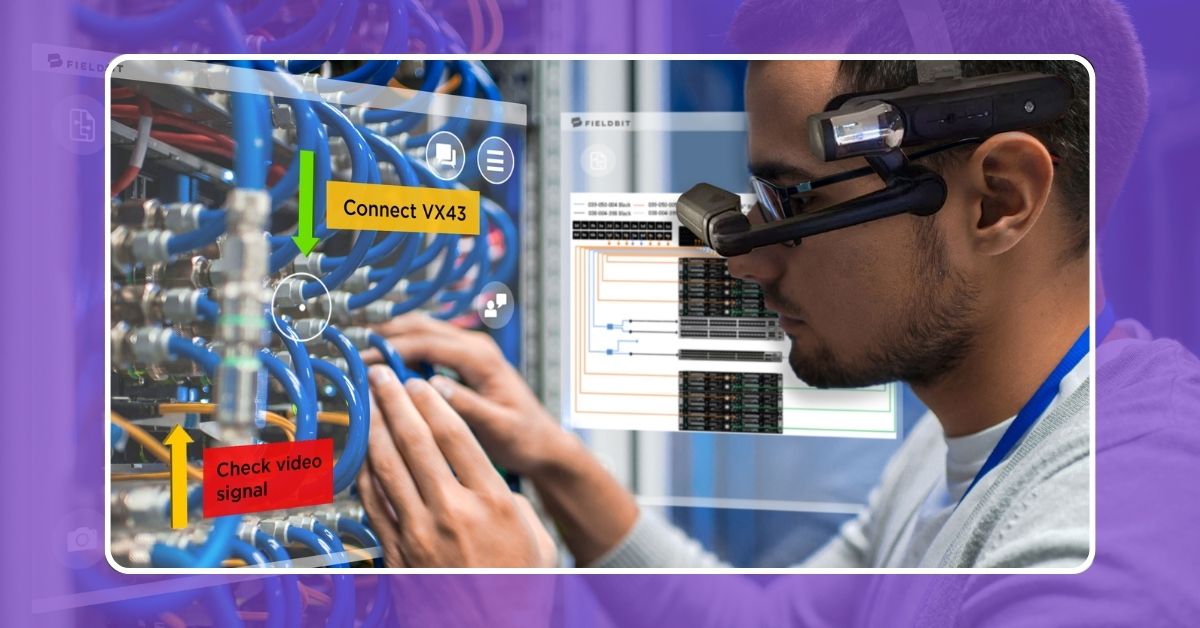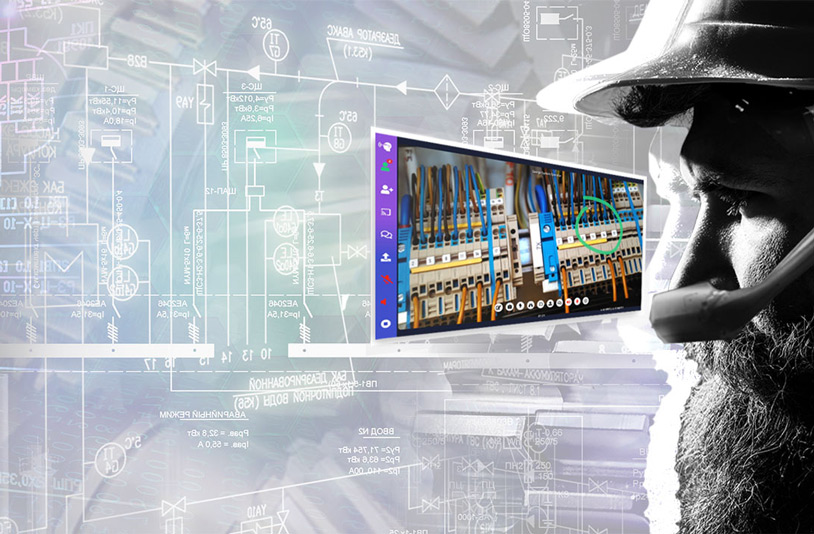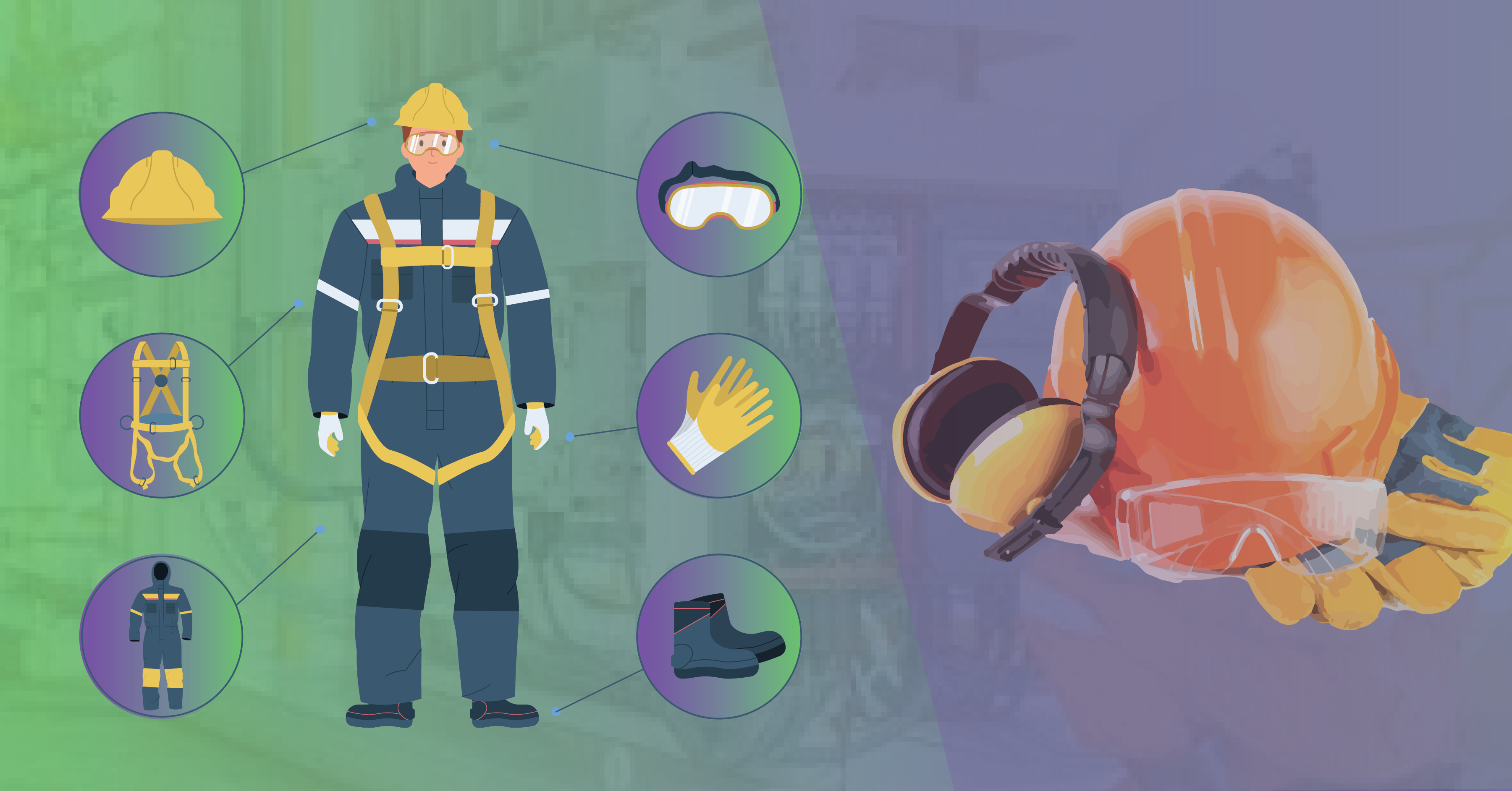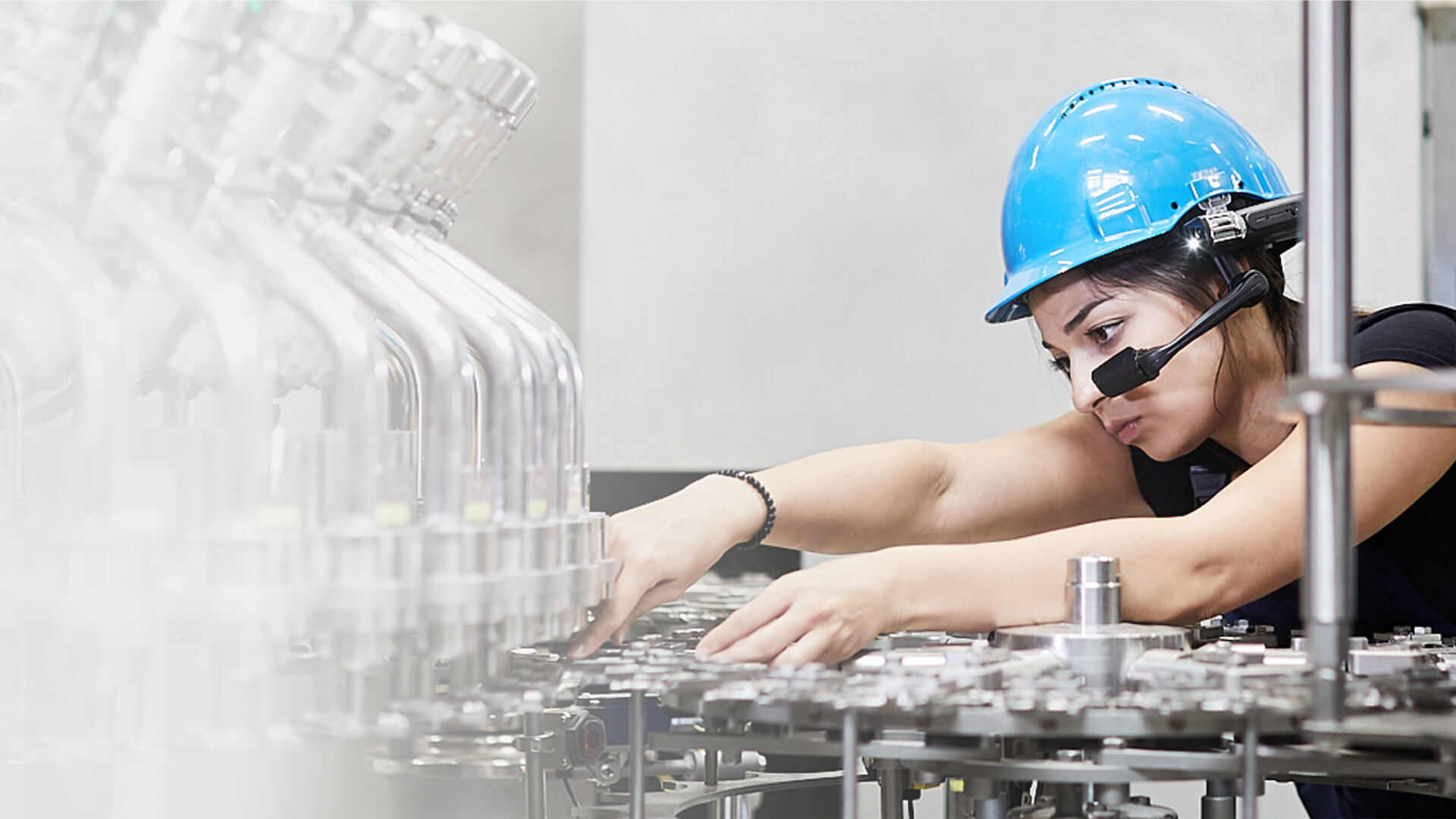In the current state of digitalization strategies for field operations, industries are rapidly embracing
cutting-edge technologies such as the Internet of Things (IoT), Artificial Intelligence (AI), and Augmented
Reality (AR) to optimize processes and enhance productivity. Real-time data collection, predictive
maintenance, and remote assistance have become key priorities, allowing for more efficient decision–
making and reducing downtime. Mobile solutions, digital twins, and automation are reshaping field
operations, making them safer and more streamlined.
Furthermore, remote assistance supported by AR and VR has revolutionized how experts handle on-site
or field situations. These cutting-edge technologies bridge the gap between physical presence and
virtual collaboration, enhancing efficiency and effectiveness in various industries. Remote assistance and
digital workflows supported by automation and data-driven insights have minimized errors, accelerated
decision-making, and enhanced overall operational agility.
In this blog, let’s understand how remote assistance and digital workflows have become part of the
larger digitalization strategy.
Role of Remote Assistance for Industrial Frontline Workers
Traditional field operations typically demand physical on-site presence, which entails substantial costs, logistical hurdles, and potential safety risks. Nonetheless, recent advancements in remote assistance software, coupled with seamless wireless connectivity and digital workflows, have enabled organizations to perform inspections and operations remotely, surmounting geographical limitations and augmenting operational efficiency. By harnessing these tools, inspections can be executed with heightened speed, precision, and cost-effectiveness, thereby heralding a transformation in the way inspections are carried out.
According to Gartner by 2025, over 50% of field service management deployments will include knowledge-sharing tools and/or collaboration capability supported with mobile augmented reality, up from less than 20% in 2021.
Remote assistance plays a crucial role in enhancing the efficiency, safety, and productivity of industrial
frontline workers. It involves the use of technology to provide real-time support and guidance to workers who are operating machinery, performing maintenance tasks, or working in challenging environments.
Here are some key aspects of the role of remote assistance for industrial frontline workers:
Enhancing Communication and Collaboration: Smart working tools are now a must-have for teams and experts to communicate and work together smoothly, regardless of their geographical barriers. With this level of connectivity, frontline workers in industries like Mining, Aerospace, Power utilities, and others can get around the limits of space, find quick solutions for any situation, accelerate decision-making processes, reduce response times, and make it easier for people to work together synergistically.
Implementing AR-Based Remote Assistance for Industrial Operations
Implementing Augmented Reality (AR)-based remote assistance for industrial field operations requires careful planning and the integration of various technologies and processes.
Assess Your Needs and Objectives:
Identify the specific industrial field operations where AR-based remote assistance will be most beneficial.
Define your objectives, such as improving worker efficiency, reducing downtime, enhancing safety, or increasing training effectiveness.
Select the Right AR Hardware:
Choose appropriate AR devices for your needs. This could include AR headsets, smart glasses, or even mobile devices with AR capabilities.
Consider factors like durability, compatibility with existing systems, battery life, and user comfort.
Choose AR Software and Platform:
Select AR software or platforms that enable remote assistance and collaboration. Some popular options include Telepresenz, MS Teams, or custom-built solutions.
Ensure the software supports real-time communication, screen sharing, and 3D object rendering.
Integration with Existing Systems:
Integrate the AR system with your existing IT infrastructure, including enterprise resource planning (ERP) systems, maintenance management systems, and databases.
Ensure compatibility with other tools like IoT sensors or machinery monitoring systems.
Improvement Of Field Operations by Using Digital Workflows
Digital workflows have become a cornerstone of the digitization of field operations by revolutionizing how tasks are planned, executed, and monitored. They enable the seamless integration of data, automation, and collaboration across various operational aspects, from task assignments and equipment maintenance to inventory management and safety compliance.
Has become a Necessity, Not Just a Trend
In industries where precision, safety, and efficiency are paramount, digital workflows are not just a trend; they’re becoming a necessity. These workflows streamline processes, reduce manual errors, and provide real-time data access, enhancing efficiency and decision-making. Moreover, digital workflows empower organizations to harness data analytics for predictive maintenance, resource allocation, and continuous improvement, ultimately driving increased productivity, reduced operational costs, and a more agile response to evolving operational needs.
Some real-life examples to focus on:
Utility companies use digital workflows for grid maintenance and repairs. Field teams equipped with
mobile devices can receive work orders, access maps, and report issues in real time. Predictive analytics
help identify potential equipment failures, reducing power outages and improving grid reliability.
In the oil and gas industry, digital workflows assist in drilling operations and equipment maintenance.
Workers can access data on drilling parameters and equipment health in real time, improving safety and reducing costly downtime. Digital workflows also enhance safety protocols and emergency response.
Aircraft maintenance technicians use digital workflows to access real-time diagnostic data from aircraft
systems. Sensors and data loggers on board provide continuous monitoring of critical components, helping to identify issues before they lead to unscheduled downtime or safety concerns.
Final Take-Away
Adopting digitalization has become essential for organizational success across industries. Remote assistance catalyzes communication, collaboration, and real-time decision-making among industrial frontline workers. Industries such as oil and gas, aerospace, power utilities, and mining leverage this connectivity to overcome geographical barriers, leading to rapid solutions, enhanced teamwork, and optimized operations. AR-based remote assistance further empowers these workers, minimizing downtime, improving collaboration, and promoting safety. Concurrently, digital workflows redefine tasks.
execution and optimization. The Integration of remote assistance and digital workflows stands as a
transformative pillar, reshaping traditional sectors like mining, manufacturing, and fieldwork.
If you are also looking for some advanced solutions for streamlining processes, maximizing efficiency,
and workforce safety, organizations like Telepresenz are at the forefront. From mining engineers navigating terrains to power utility technicians resolving high-voltage issues, they are the part of digitalization revolution. As businesses continue to evolve and adapt, Telepresenz remains a guiding light, driving innovation and shaping the future of remote assistance and digital workflows. Check out our product suites for a better understanding.
Read more: Stay Safe in Hazardous Environments: 3 Tips for Assisted Reality Users
Inputs By: Michael Kaldenbach




